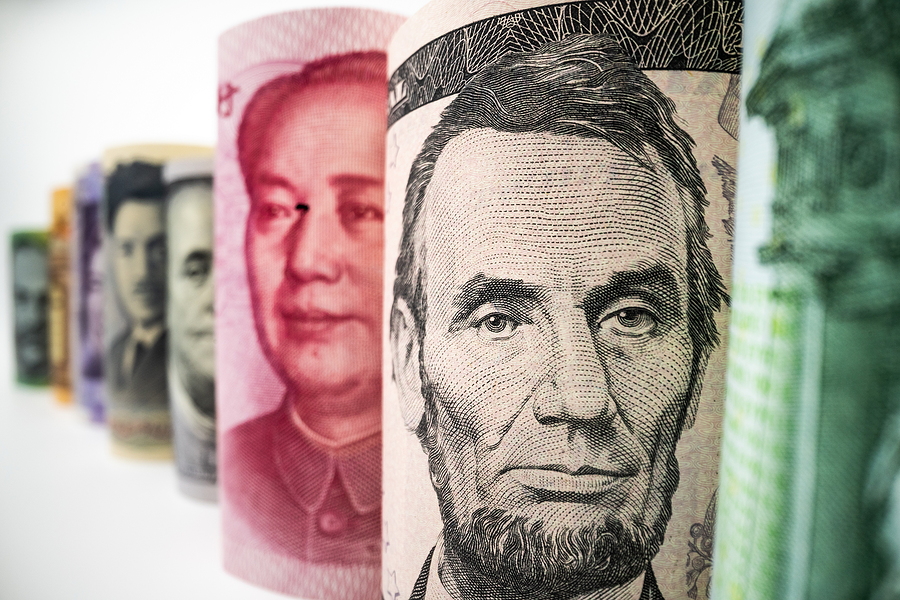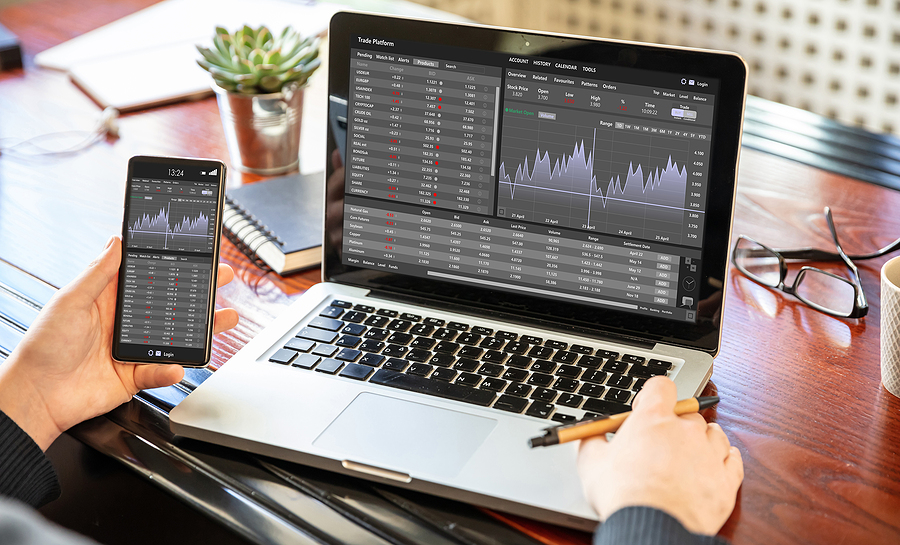Most active investors know how to trade breakouts. They use breakouts to enter a position when a trend is at its initial stage. It makes them earn more profit than those who join the trend later. Breakouts are always a general indicator of a big change in the price movement. If they can be managed with proper rules and cautions, it will limit the downside risk and open a wider window of opportunity.
What is Breakout in Forex Trading?
Suppose a price course for a certain asset and particular time range, has established a constant support-resistance system. Then suddenly, or slowly, the market started to lean one way or the other. Either buyers or sellers start to gain power and dominance over the market. If the strong side keeps pushing the weaker side continually and can somehow transgress either of the established lowest or highest barriers, it will be a breakout.
The course of the price will follow the breakout’s direction, and the volatility will increase at that time. This will be the reason for massive price swings. They emerge in every type of market, and generally, the most booming price movements are just the consequences of pattern and channel breakouts like the flags, triangles and head-and-shoulders pattern.
The Best Way to Trade Breakouts
Trading breakouts are always easy. It’s not like you just detect a breakout and enter the market and earn as much as possible. Forgoing caution can also be the reason for the emersion of a defeat. Just try to be focus and follow these guidelines to trade a breakout.
1. Detecting a suitable asset
First, a trader has to choose the right currency pairs among all the available ones. He has to look for a suitable market environment where a constant upper and lower barrier has already been set. At this point, a trader has to follow the general rule of thumb, and that is, the stronger the set barriers for a market, the stronger the breakout will be.
So, in case of multiple suitable markets are found, traders should choose the one that has the strongest barriers. To get more info about trading instruments, you can access the Saxo broker website and read their free educational contents.
2. Setting a rational goal
While selecting a trade, investors must build a practical idea of the destination of the trade. Otherwise, they cannot work out a perfect exit point. An unknown or vague exit point is not a smaller threat from any angle for a trader. However, it can be worked out by calculating the moving averages and or the span between the support and resistance.
3. Allowing an asset to retest
This is the most crucial and critical step. Whenever the price of an asset breaks the highest barrier or the resistance, there is a fair chance that it will reverse back. Such states are called market testing. Investors need to be prepared for such conditions. Most of them may consider a break as a tremendous opportunity and enter it blindly, only to suffer a reverse.
4. Exiting trades at the right time
No one can know, at the initial stage of a trend, how long the price will continue to follow a certain direction. So, being patient and waiting until the imminent market-closure to leave a trade will be a proper approach. If an asset sustains outside the preset support-resistance level to the direction of the market close, it should be time to terminate a position and shift to the next.
5. Exiting at the preset target
Until a person is leaving a trade making loss or profit, he is considered to be in that trade. He should hold his position and remain in there until the price reaches its maximum high or his targeted level. Otherwise, he will regret exiting it later after seeing the further progression of the trend in the expected direction.
Image Source: BigStockPhoto.com (Licensed)
Site Disclaimer
The Content in this post and on this site is for informational and entertainment purposes only. You should not construe any such information or other material as legal, tax, investment, financial, or other advice. Nothing contained on our Site constitutes a solicitation, recommendation, endorsement, or offer by HII or any third party service provider to buy or sell any securities or other financial instruments.
Nothing in this post or on this site constitutes professional and/or financial advice. You alone assume the sole responsibility of evaluating the merits and risks associated with the use of any information or other content in this post or on this site.
You recognize that when making investments, an investor may get back less than the amount invested. Information on past performance, where given, is not necessarily a guide to future performance.
Related Categories: CBD, Reviews






